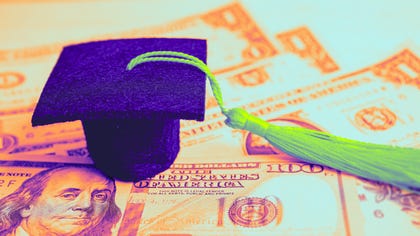The luxury image of the UAE is evolving as secondhand shopping gains momentum. Driven by sustainability concerns and changing consumer habits, preloved fashion and goods, from designer clothes to vintage furniture, are on the rise. This growing thrift culture represents a shift towards conscious consumption, merging affordability with style and ethics, marking a significant change in the region’s retail environment.
Key Factors Driving the Secondhand Boom:
Sustainability Awareness: With increasing awareness about environmental impact, more consumers are opting for thrift as a sustainable alternative.
High-Quality Imports: The UAE stands as a major global importer of used clothing, bringing in millions worth of goods annually from various countries.
Digital Resale Culture: Thrifting has become more convenient and conscious with the rise of online platforms and social media stores.
Youth-Driven Minimalism: Younger generations are embracing thrift for ethical and individual style preferences.
Circular Economy Adoption: Repairs, upcycling, and reselling are becoming integral to the region’s retail landscape.
Whether you seek a vintage designer bag, Y2K dress, collectible vinyl, or refurbished furniture, the UAE’s thrift scene caters to all tastes. From Garderobe to Thrift for Good, numerous locations offer preloved luxury items at discounted prices while contributing to charitable causes.
Notable Thrift Locations in the UAE:
- Garderobe – Villa 1224, Al Wasl Rd, Umm Suqeim 2, Dubai
- Thrift for Good – Times Square Center, Al Quoz, Golden Mile Galleria
- Digg – Hosts events promoting community and thrift shopping experiences
- Urban Market Concept – Offers pop-up events and Instagram auctions
- La Brocante – Al Quoz Industrial Area 4, 18a Street, Warehouse 2
- Golden Goose Forward Store – Mall of the Emirates
- Secondful – Specializes in secondhand baby gear for sustainable parenting
The growing popularity of thrift stores in the UAE signifies a cultural shift towards conscious consumerism merging with high fashion. As the region positions itself as a hub for the circular economy, the rise of preloved fashion reflects a smarter, greener, and community-driven fashion future.


